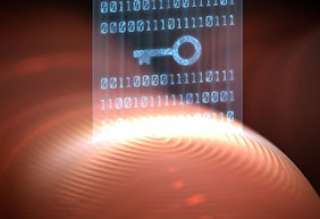Shared Keystroke Data for Continuous Authentication - Generation and Analysis
The standard methods to authenticate a computer or a network user, which typically occur once at the initial log-in, suffer from a variety of…
Read moreAssociative Pattern Recognition for Biological Regulation Data
In the last decade, bioinformatics data has been accumulated at an unprecedented rate, thanks to the advancement in sequencing technologies. Such…
Read moreA Framework for Enhancing Speaker Age and Gender Classification by Using a New Feature Set and Deep Neural Network Architectures
Speaker age and gender classification is one of the most challenging problems in speech processing. Recently with developing technologies,…
Read moreAdvanced Image Processing in Cardiac Magnetic Resonance Imaging with Application in Myocardial Perfusion Quantification
Cardiac magnetic resonance imaging (CMRI) has been proven to be a valuable source of diagnostic information concerning heart health. One application,…
Read moreData Conversion Within Energy Constrained Environments
Within scientific research, engineering, and consumer electronics, there is a multitude of new discrete sensor-interfaced devices. Maintaining high…
Read moreDelay-Constrained Energy Optimization in High-Latency Sensor Networks
Sensor networks deployed in high-latency environments such as underwater acoustic and satellite channels find critical applications in …
Read moreMulticarrier Chirp-Division Multiplexing for RF and Underwater Acoustic Communications
Author: Song-Wen Huang (University at Buffalo, the State University of New York) Advisor: Dimitris A. Pados Radio frequency and underwater…
Read moreData Conversion within Energy Constrained Environments (2017)
Within scientific research, engineering, and consumer electronics, there is a multitude of new discrete sensor-interfaced devices. Maintaining high…
Read moreMapping Sub-Saharan African Agriculture in High-Resolution Satellite Imagery with Computer Vision & Machine Learning (2017)
Advisor: Caylor, Kelly K. Smallholder farms dominate in many parts of the world, including Sub-Saharan Africa. These systems are characterized…
Read moreExploiting On-Chip Voltage Regulators as a Countermeasure Against Power Analysis Attacks (2017)
Non-invasive side-channel attacks (SCA) are powerful attacks which can be used to obtain the secret key in a cryptographic circuit in feasible time…
Read more










